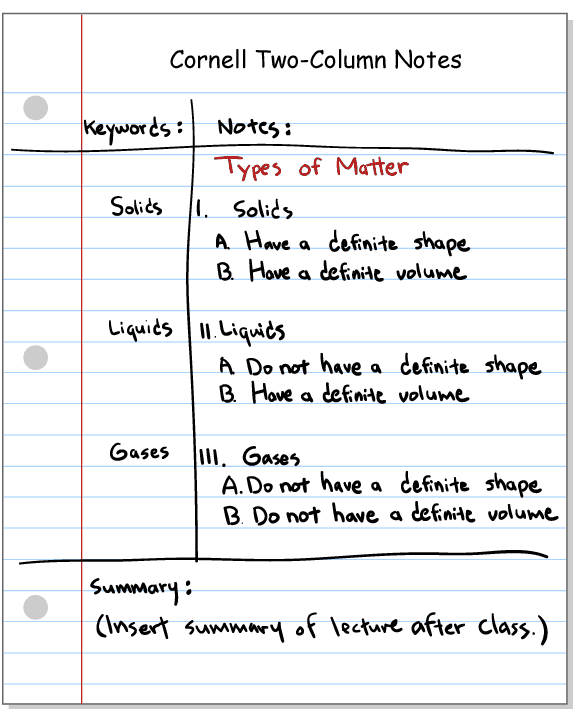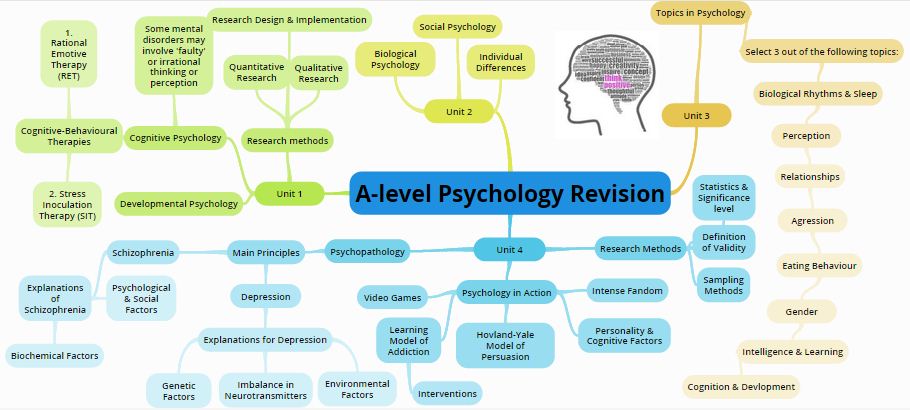Take note of what I’m about to tell you. You have spent years taking notes in class, right? But have you ever stopped and thought, “is this note taking strategy the right one for me”?
Take a moment to reflect on your note taking strategies and figure out whether there are improvements that can be made. Make your note taking more effective. After all, having good notes will play a very important role in your final grades. Get used to creating your notes in the best possible way that suits you and follow these best practices. They will stand to you, not only this year, but next year too and, indeed, going forward into your professional life.
When taking notes in class, do not try to translate every single word the teacher says in his lecture, instead, pick up the main points. This will allow you to remember the important information. Keep reading as we investigate this point and 3 others that students around the world are using.
Check out this great digital note that adopts the Cornell Method while discussing Christopher Columbus
Note Taking Strategy Techniques
#1 Cornell Method
 The Cornell Method has been and remains one of the most popular note-taking strategies among students today. The technique can be seen above and in the accompanying diagram. You simply divide up your notes into 3 sections. The right column is home to the general area. This is where you keep your most important ideas that the teacher has covered during class. It is important that you try to summarize as much as possible and to be smart when note-taking (see #4). The left area serves to compliment the general area. Writing notes in the margins helps us understand and relate each part of our notes. This section may develop during the class itself, or at the end of it. The last section labelled ‘summary’ should be left blank during class. It is intended for use when you are reviewing/ studying the class notes. This lessens the need to keep up with the teacher’s delivery and write fast. You should try to develop a short summary of key points in this section for greater reflection of the class notes.
The Cornell Method has been and remains one of the most popular note-taking strategies among students today. The technique can be seen above and in the accompanying diagram. You simply divide up your notes into 3 sections. The right column is home to the general area. This is where you keep your most important ideas that the teacher has covered during class. It is important that you try to summarize as much as possible and to be smart when note-taking (see #4). The left area serves to compliment the general area. Writing notes in the margins helps us understand and relate each part of our notes. This section may develop during the class itself, or at the end of it. The last section labelled ‘summary’ should be left blank during class. It is intended for use when you are reviewing/ studying the class notes. This lessens the need to keep up with the teacher’s delivery and write fast. You should try to develop a short summary of key points in this section for greater reflection of the class notes.
#2 Split Page Method
This type of Note Taking Methods have similarities with the Cornell Method however it is still a principle unto itself. The idea is that you divide the page vertically into two sections. A main idea and secondary ideas.
The idea is that, while you are taking notes, you are organising everything simultaneously. This method may require some adjustment at first but in the long run, it will help you to better optimise your study time when using our notes.
#3 Visual Aids
This method is based on the use of visual aids to improve how the brain processes information. It involves using pictures, graphs, diagrams, etc. Rather than writing long paragraphs of information, our brain follows the information sequentially. The use of colours and other visual elements such as different sized letters, also known as supernotes, favours the user. Because of this, Mind Maps are becoming one of the most widespread and effective Note Taking methods. These resources make it possible to develop ideas and connections easily in a visual environment. Our Mind Map tool includes a function that allows you to “Convert to Note“. This allows you to move all the information on your Mind Map to a digital Note with a single click. Not sure how to create a Mind Map, take a few short minutes and check out this handy article on how to create your first Mind Map.
#4 Symbols and Abbreviations
No matter which Note Taking Methods you use to take notes, there will be times when you cannot keep pace with the class and your wrist will begin to hurt you from writing. Therefore it is important that you develop your own language of symbols so that you can write more with little effort. Once the class is over, you can always “translate” your notes that you took during class. This will leave you with your own ‘language’ of notes.
#5 Underline Key Points
It’s advisable to underline the most important learning concepts of the lesson, as they will stand out more clearly and you’ll be more inclined to memorize them. In addition, the notes will be less monotonous and you can review them more quickly, since you can use the underline parts as a guide and won’t need to read the entire text every time you go to study.
These 5 note making techniques are designed to help you take more effective notes at home, in lecture halls or anywhere you have access to GoConqr. However, it is important that you adapt to your own style and stick with the ones that will bring you success. What other techniques do you use to take notes?
If you want to learn more about how to take notes efficiently don’t forget to check our blog regularly in the coming weeks as we will be publishing a series of articles about note taking.
About the GoConqr Blog
Our blog is part of GoConqr, a Free Learning Platform for Creating, Sharing & Discovering Learning Resources that help students and teachers achieve their learning objectives. Click here to start creating Mind Maps, Flashcards, Notes, Quizzes, Slides Flowcharts & Courses now!







